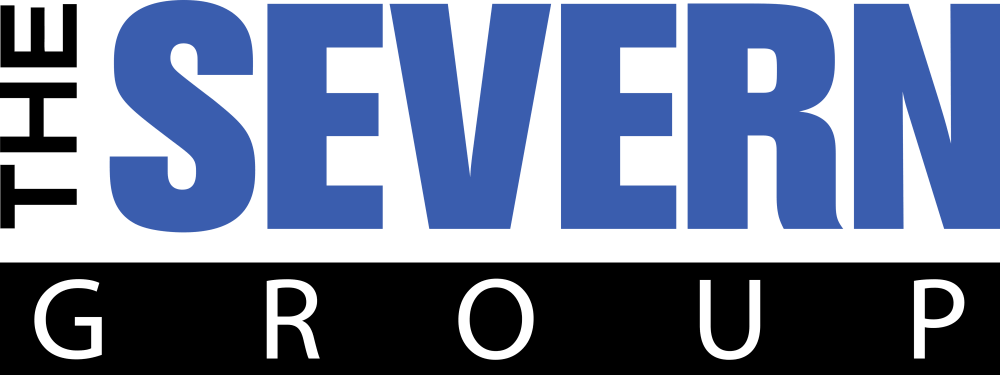5 New Year’s Resolutions for Your HVAC System
According to the Centers for Disease Control and Prevention (CDC), HVAC systems present a significant risk of COVID-19 exposure. Particularly to workers in office buildings. Therefore, in order to protect staff, reduce costs, and improve the indoor climate, it’s time to start planning ways to improve your system over the coming year. While we all might wish 2020 would have been different, we have to look forward. Here are the top five New Year’s resolutions for your HVAC system and how to set them up.
1. Regular Filter Replacement
In times where the HVAC runs at peak demand, you’ll want to replace filters every month. This is especially true in the middle of summer and winter. On the other hand, for the milder seasons, once every three months should suffice. Our recommendation is to make a schedule to keep track.
Additionally, a clogged filter can lead to the HVAC system distributing contaminants throughout the building. And, if the obstacle begins to affect the airflow, the fans and motors must work harder. Unfortunately, not replacing filters regularly could lead to increased maintenance costs and expensive repairs in the future.
2. Schedule All Necessary Maintenance
Speaking of schedules, your filters aren’t the only thing that should have one. Typically, it’s important to carry out a maintenance checklist that includes:
- Lubricating all moving parts used in the system, including fans and motors in the air-handling units.
- Tightening the electrical connections on equipment and controllers.
- Testing the operating cycles to ensure the system starts and stops as required.
- Inspecting all equipment and the condensate drain for any clogging.
However, each building is different, and therefore your list might be too. Make sure to follow all preventive maintenance recommendations for each major HVAC component.
3. Optimize Your Control Systems
Smart thermocouples and accurate airflow sensors are essential for controlling the operating cycles of an HVAC system. Thus, calibrating the airflow and temperature sensors will ensure a comfortable indoor climate. As always, make sure to follow manufacturing specifications.
To start, connect Internet of Things (IoT) devices to your control system for a real-time overview of the HVAC system’s performance. This includes smartphones, tablets, and sensors. Overall, the data will identify issues early when equipment isn’t operating properly in your HVAC system. Let technology help you optimize your controls, which will help save money in the long run.
4. Consider Solutions that Improve Indoor Air Quality (IAQ)
IAQ remains an emerging health concern around the world. In fact, concentrations of pollutants from indoor sources are often 2-5 times higher than outdoor concentrations. For example, this may include paint, cleaning supplies, and building materials. As people spend more time indoors, adding HVAC filters and air cleaners should also be in your resolutions. This helps eliminate contaminants in the air and provide a safer environment.
5. Increase Capacity and Performance with an Upgrade
In older buildings, upgrading the entire system may be the only option available. Any equipment older than ten years may no longer be available or suitable for repairs. So, when you notice a steady increase in energy costs, it’s better to consider a complete replacement. Newer HVAC equipment comes with energy-efficiency ratings that enable you to maximize your ROI in electricity cost savings.
Setting New Resolutions for Your HVAC System
Needless to say, avoiding communal spaces and adopting work from home policies doesn’t bode well for commercial real estate managers. However, this new year is all about addressing rising some main concerns. Particularly IAQ, adapting to the current climate, and ensuring the building’s HVAC operates according to the latest standards.
Finally, if you need more information, reach out to The Severn Group today. We can also discuss what New Year’s resolutions will suit your building’s HVAC system best. For more HVAC tips, visit our blog.
